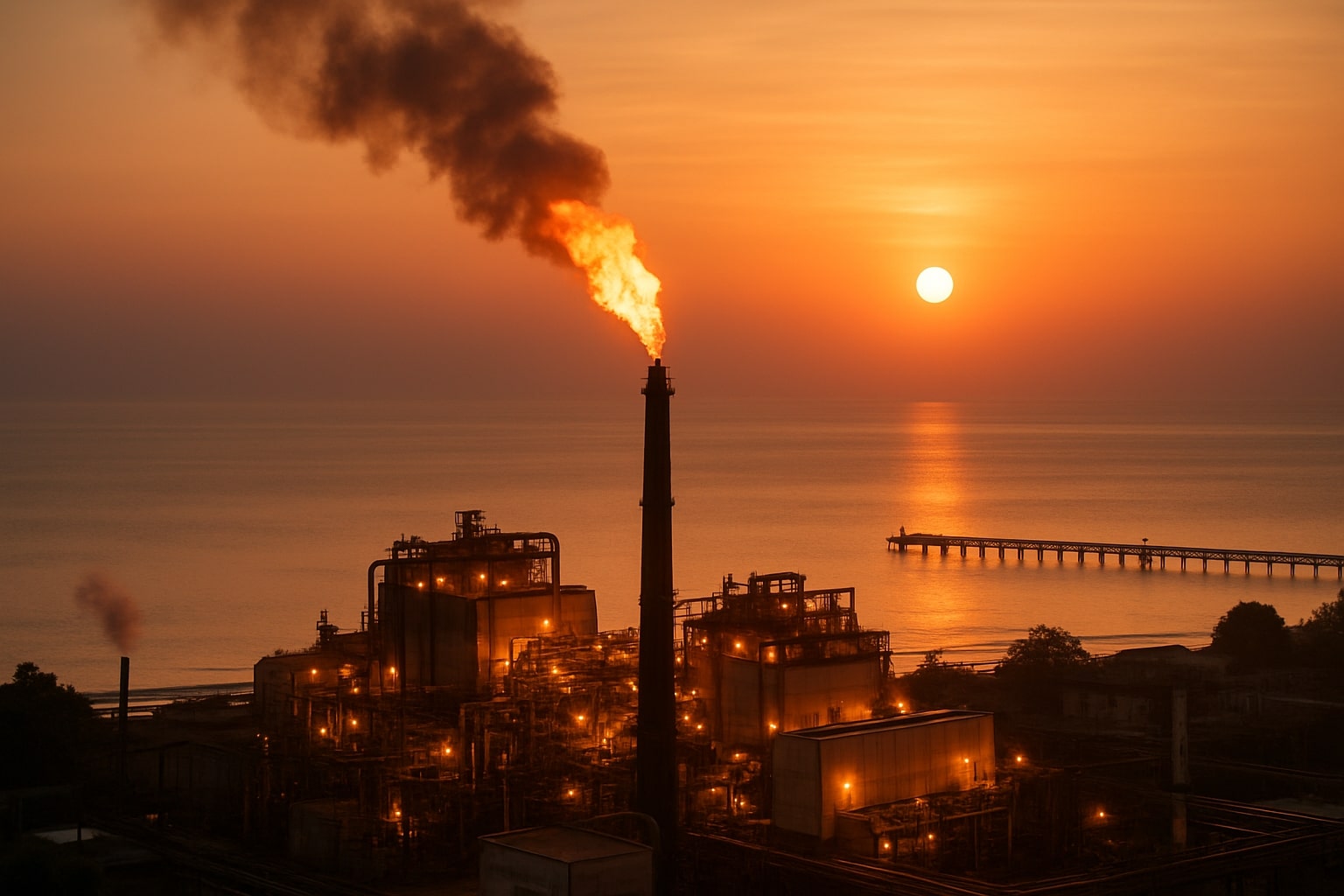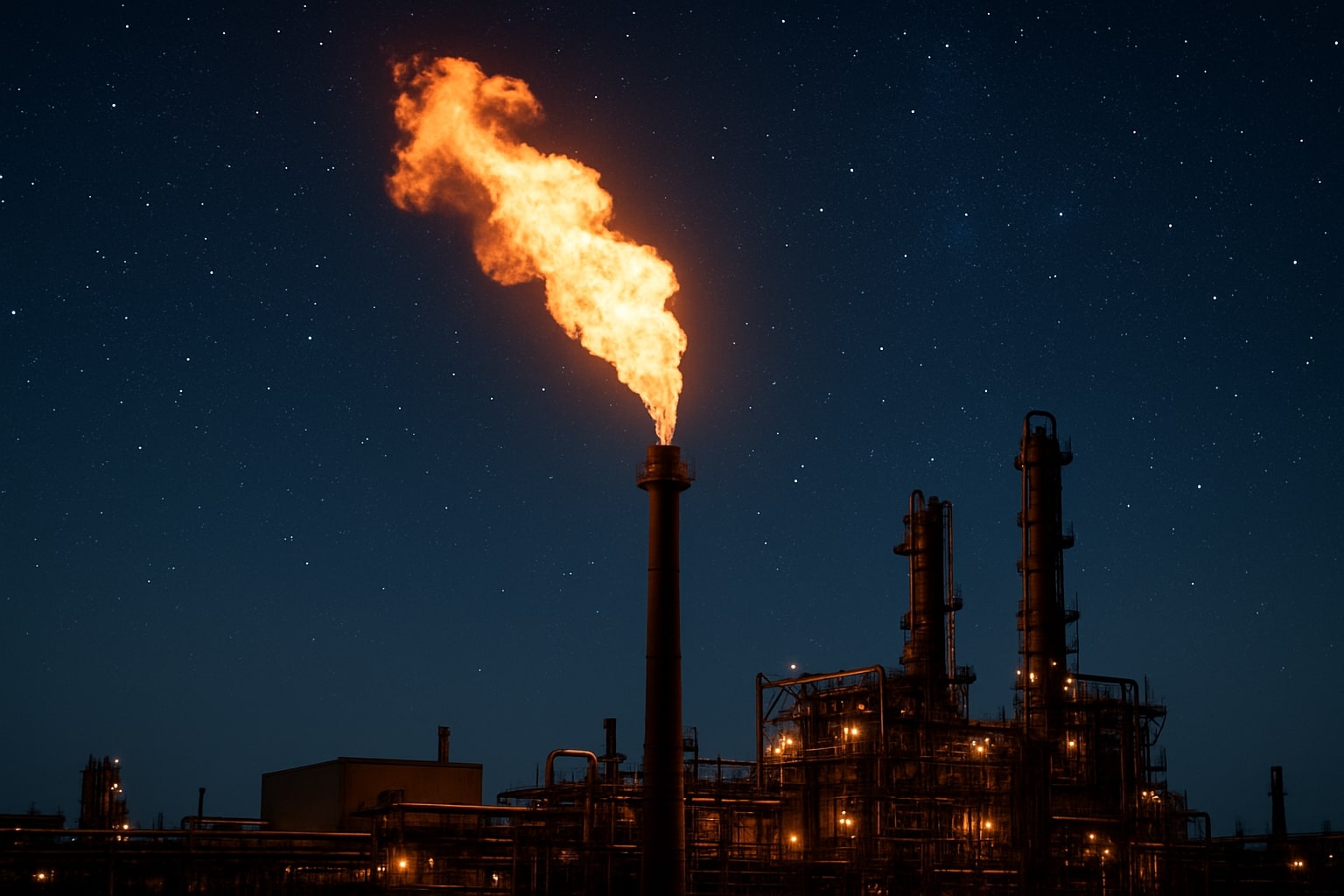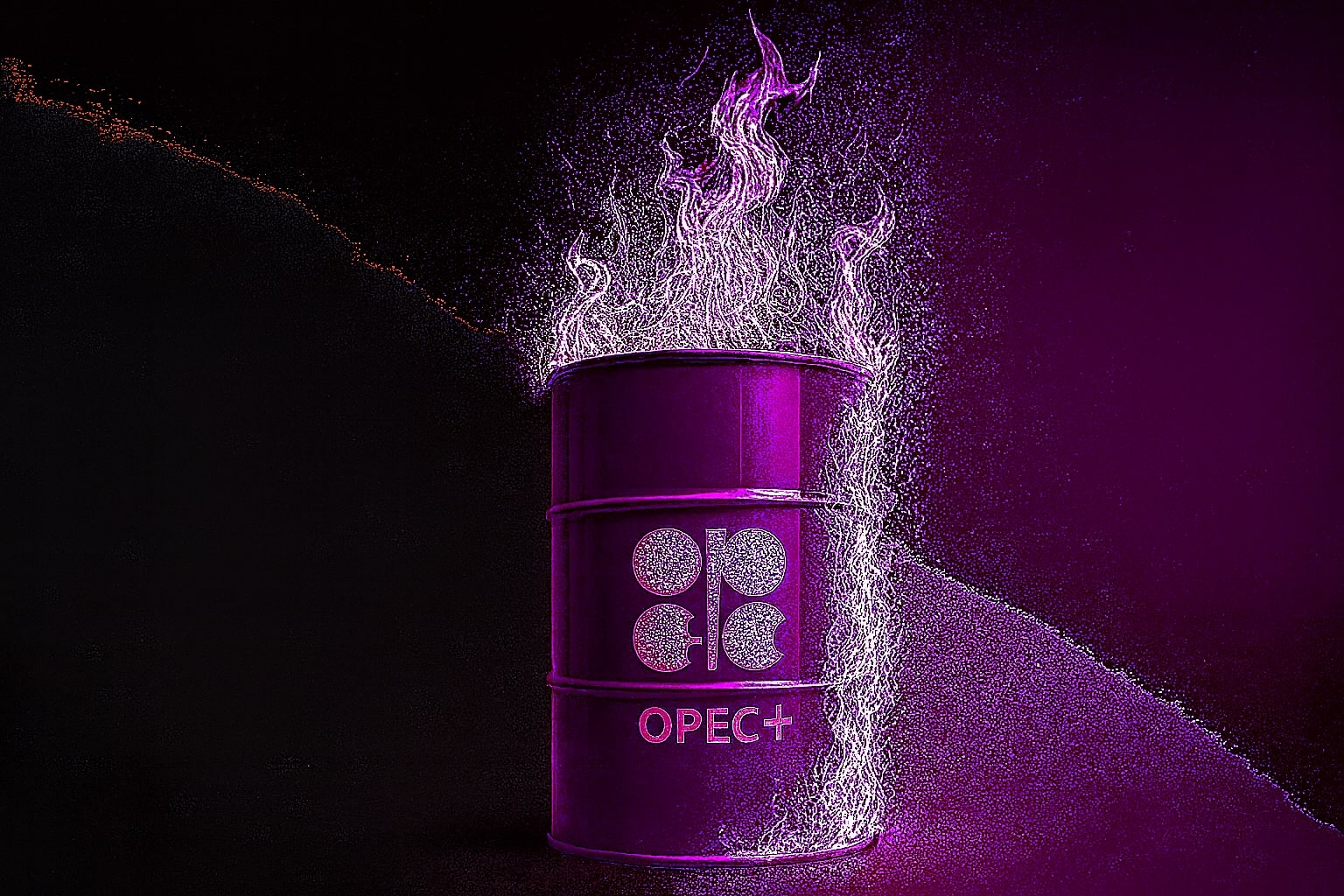
Natural Gas Price (NG=F) Struggles at $2.89 as Oversupply Builds
Cooling weather, record U.S. output, and LNG softness pressure natural gas prices toward key support zones | That's TradingNEWS
Natural Gas (NG=F) Tests Key Support as Prices Struggle to Break Resistance
Natural gas futures (NG=F) have been trading defensively, bouncing off intraday lows near $2.80 but unable to secure momentum above $2.92–$2.97, which coincides with the anchored VWAP from the 2024 bottom and the declining 20-day moving average at $3.02. Monday’s recovery from $2.80 to $2.92 underscores the presence of fresh buying at this critical level, but the broader price structure remains weak after failing to hold above $3.15 last week. The pattern of lower daily highs and lows highlights bearish market control.
Oversupply Conditions Continue to Weigh on NG=F
U.S. production has surged to 109–110 billion cubic feet per day (Bcf/d), up from 106–108 Bcf/d earlier this spring, pushing the market from balance into oversupply. Domestic storage now stands 196 Bcf above the five-year average, with further expansion expected as the shoulder season approaches. Roth Capital’s projections suggest Henry Hub prices averaging $3.25 per MMBtu in 2026, well below the current futures curve near $3.85, driven by a projected supply growth of 2.5 Bcf/d, nearly matching the expected demand increase of 2.75 Bcf/d.
Short-Term Technical Risks Highlight Downside Targets
Failure to reclaim the 20-day moving average would reinforce bearish control. A breakdown below $2.80 puts immediate focus on the $2.76 swing low, with a confirmed move opening the door to Fibonacci-driven downside projections. A large ABCD pattern from the March peak aligns multiple bearish extensions near $2.51, a level that also matches the 78.6% retracement and the 127.2% extension of smaller corrective waves. Below that, extended forecasts from Economies.com call for tests at $2.61 and potentially $2.39, levels that would mark new year-to-date lows.
Cooling U.S. Weather and Demand Shifts Add Bearish Pressure
Forecast models turned cooler across the eastern U.S. and Southwest for late August, with Atmospheric G2 projecting weaker air-conditioning demand into the August 23–27 period. Power sector consumption, a key driver during peak summer months, is already showing signs of slowing. The Edison Electric Institute reported U.S. electricity output down 1.9% y/y in the week ending August 9, reinforcing expectations of softer gas demand through the second half of August.
Rig Activity and Production Outlook Show No Relief
Baker Hughes reported active U.S. gas rigs at 122, just shy of the two-year high at 124, reflecting continued investment despite weaker pricing. The EIA recently raised its forecast for 2025 production by 0.5% to 106.44 Bcf/d and its 2026 forecast by 0.7% to 106.09 Bcf/d, confirming an outlook of record supply. With U.S. lower-48 dry gas output already at 109.2 Bcf/d (+6.5% y/y), the supply trajectory shows little sign of moderating.
Global LNG Market Dynamics and Turkish Trading Data
While U.S. LNG exports remain robust at 14.3 Bcf/d, flows declined 11.5% week over week, raising questions about demand sustainability. Looking ahead, global LNG markets may also shift into oversupply by 2027, with new export capacity coming online in Qatar, Australia, Mexico, and Africa. Regional data from Turkey reinforces the global supply story: on Sunday, Türkiye’s Energy Exchange Istanbul reported spot natural gas trades totaling 7.45 million lira, up 15.5% day-over-day, with imports reaching 135.46 million cubic meters.
Resistance Levels and the Path for Bulls
Bulls face a difficult technical road. The first major resistance lies at the 20-day average ($3.02), followed by the lower swing high of $3.15. Only a sustained break above these levels would indicate a possible reversal of the bearish structure. If buyers succeed in defending the $2.80–$2.76 zone and reclaim $3.02, it could trigger short covering back to $3.30, but until then, rallies remain capped.
Natural Gas Equities Reflect Oversupply Challenges
Gas-focused exploration and production names are under pressure as well. Comstock Resources (CRK) was downgraded to “sell,” while Antero Resources (AR), EQT Corp (EQT), CNX Resources (CNX), and Range Resources (RRC) were all cut to “neutral.” Shares reflect the oversupply narrative: CRK is down 5.71%, AR is off 5.69%, EQT dropped 4.45%, and RRC fell 3.66%. The message is clear—equities are pricing in a gas market where production growth outpaces demand growth, leaving Henry Hub futures unable to sustain moves above $4.
Market Balance Hinges on Weather and Exports
For 2025, U.S. demand is expected to rise by 4.5 Bcf/d, one of the strongest annual growth rates in decades, driven by power generation and LNG exports. However, with production still accelerating, Roth forecasts a 0.4 Bcf/d surplus in 2026, a level modest enough that a colder-than-expected winter or a slowdown in drilling could tighten balances but not enough to support sustained rallies.
That's TradingNEWS
Read More
-
SCHD ETF Price at $27: Can SCHD’s 4% Yield and 9.15% Dividend Growth Beat High-Yield Covered Call ETFs?
15.12.2025 · TradingNEWS ArchiveStocks
-
XRP ETFs Close on $1B Inflows as XRPI at $10.92 and XRPR at $15.52 Hit 52-Week Lows
15.12.2025 · TradingNEWS ArchiveCrypto
-
Natural Gas Price Forecast: NG=F Holds the $4 Floor as Oversupply Clashes with 2026 LNG Demand
15.12.2025 · TradingNEWS ArchiveCommodities
-
USD/JPY Price Forecast - Dollar to Yen At 155: Yen Strength Builds As BoJ Hike And NFP Collide
15.12.2025 · TradingNEWS ArchiveForex



















